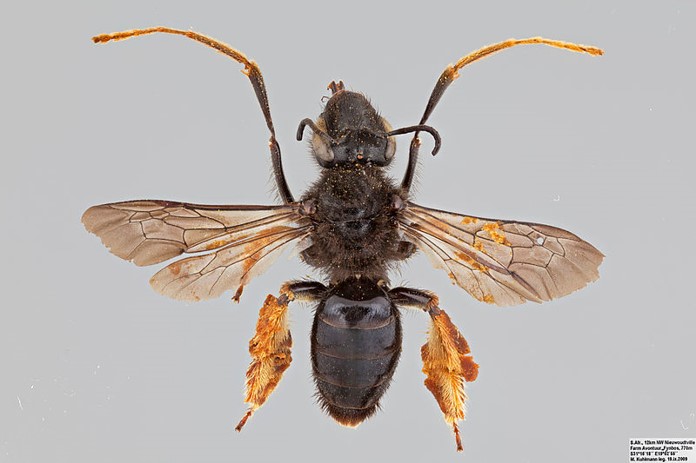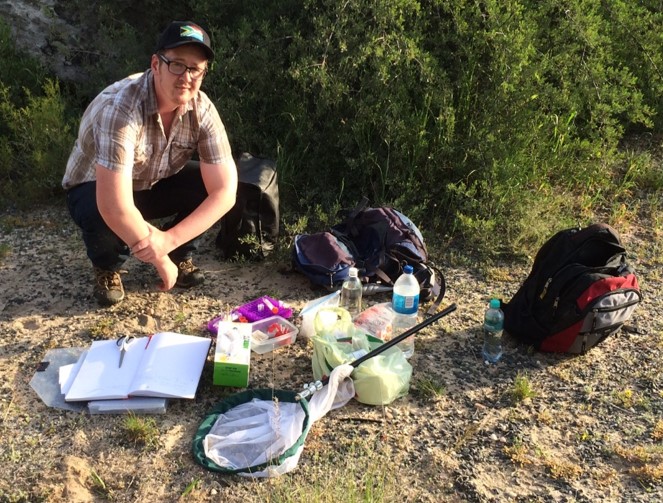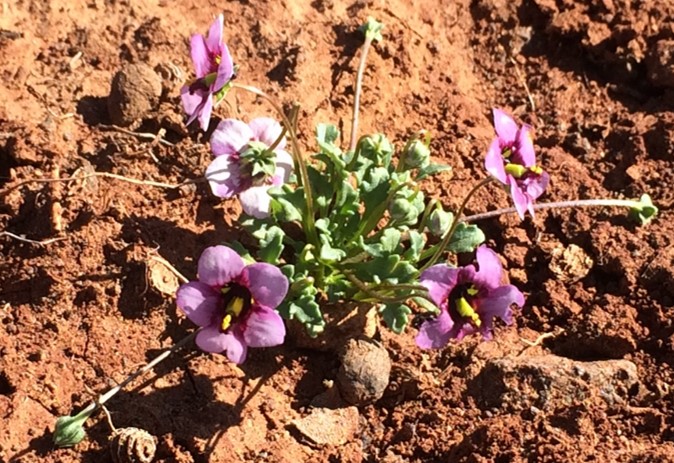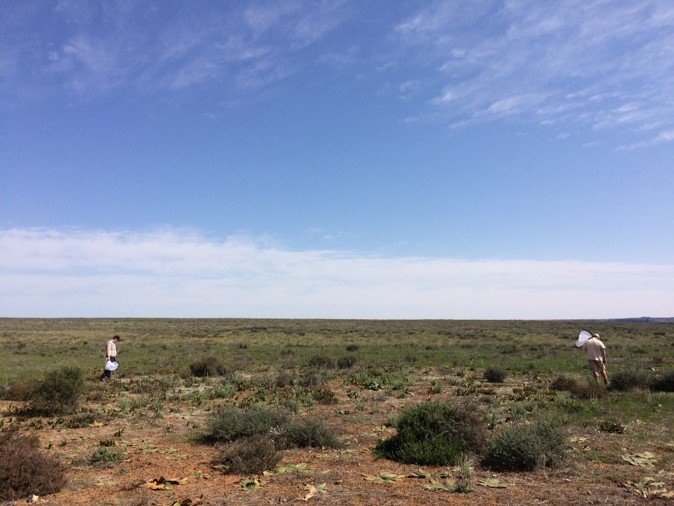The role of pollinators in plant species diversification, S. Africa. Dr Tonya Lander
The role of pollinators in plant species diversification, S. Africa. Dr Tonya Lander
 The role of pollinators in plant species
The role of pollinators in plant species
diversification in the Greater Cape
Floristic Region, South Africa
The question of why there are so many species is one of the most fundamental in biology. Species richness has been correlated with paleoclimatic stability, energy and water availability, geological diversity, and fire regime (niche diversity), but the study of the actual mechanisms that have created the diversity is in its infancy. A feedback loop of increasing specialization in plant-pollinator mutualisms has been proposed as a potential mechanism driving plant diversification, but examples of species that are actually in the process of divergent evolution linked directly to plant-pollinator specialization are rare.
paleoclimatic stability, energy and water availability, geological diversity, and fire regime (niche diversity), but the study of the actual mechanisms that have created the diversity is in its infancy. A feedback loop of increasing specialization in plant-pollinator mutualisms has been proposed as a potential mechanism driving plant diversification, but examples of species that are actually in the process of divergent evolution linked directly to plant-pollinator specialization are rare.
Image right: Long-fore-legged Rediviva longimanus (Melittidae).
Photo: The Packer lab – Bee Tribes of the World
(Wikimedia Commons, the free media repository)
 capacity of 1-2.2km.
capacity of 1-2.2km.and Rediviva bees near Nieuwoudtville, South Africa. Photo Tonya Lander.
Our project aims to understand whether and why Rediviva bees might be travelling between some patches of Diascia plants and not others, with the goal of understanding (1) to what extent is there pollen movement between spatially distinct patches of Diascia, and (2) is it was possible to identify geological or ecological features which serve to limit or encourage Rediviva movement between particular Diascia patches. The answers to these questions will help us understand the role of this highly specialized pollinator in the apparent morphological divergence of some patches of Diascia plants.
 Image right: Short-spurred Diascia cardiosepala (Scrophulariaceae).
Image right: Short-spurred Diascia cardiosepala (Scrophulariaceae).
Photo Tonya Lander
Our approach involves three stages. (1) The first was to sample individual plants from as many spatially distinct Diascia patches in the study area as possible and then, based on ddRAD genetic sequencing, map the spatial genetic structure of the study populations. This analysis allows us to delimit genetically distinct populations across the study area. (2) The second stage was to collect pollen loads off of individual Rediviva bees in the study sites. The pollen loads will be genetically sequenced at DNA regions that have been found to be useful in distinguishing one population from another (‘population genetic informative regions’). This will allow us to identify which specific patches of Diascia the individual Rediviva bee visited during a single foraging trip. (3) The third stage of the analysis will be to overlay the foraging patterns discerned from the pollen data on an ecologically and geologically explicit map of the study area to identify geological or ecological features which are correlated with high or low pollinator movement frequency and may encourage or limit Rediviva movement between Diascia patches.
The results from this study will feed into a larger research program of understanding how landscape scale ecological and geological features influence pollinator behaviour and foraging patterns. The overarching goal is to provide empirical data that will support evidence-based land management and conservation, and help to protect pollinators and the plants they pollinate.
Image right: Aaron Westmoreland and Wesley Hattingh collecting Rediviva bees
near Nieuwoudtville, South Africa. Photo Tonya Lander.
The grant from the Eva Crane Trust provided a stipend for Aaron Westmoreland to work as a research assistant on the project, joining the field trip to South Africa and undertaking the lab work and analyses associated with the samples collected. Aaron gained invaluable training in field techniques for the study of wild bees, bee identification, and genetic data analysis.
This project is also supported by the Gatsby Charitable Trust and the British Ecological Society.
We would like to sincerely thank the Eva Crane Trust for their generosity in supporting our research.
Dr Tonya Lander.
